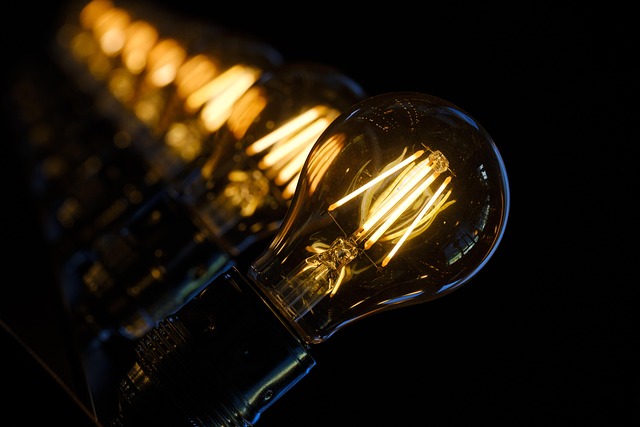Mastering the Art of Lighting in Photography
Photography is more than just a visual art; it’s a profound way to convey emotions, tell stories, and capture fleeting moments. Central to this craft is the element of lighting. It is the brushstroke that can transform an ordinary scene into an extraordinary masterpiece. Understanding and mastering lighting can elevate your photography to new heights, allowing you to express your artistic vision effectively.
The Power of Natural Light
Natural light is the quintessential foundation of photography. Whether it’s the soft glow of dawn, the harsh midday sun, or the golden hour just before sunset, each phase offers unique qualities that can drastically alter the mood of your images. Photography thrives on the delicate balance of shadows and highlights crafted by the sun. With practice, you can learn to harness this powerful tool, using it to evoke emotions and enhance your compositions.
Understanding the Characteristics of Light
Light possesses various characteristics, including direction, quality, color, and intensity. Each of these traits plays a vital role in shaping your photographic narrative:
- Direction: The angle of light can create depth and dimension, revealing textures and forms. Experiment with backlighting to create silhouettes or side lighting for dramatic effect.
- Quality: The quality of light, whether soft or harsh, will influence the feel of your images. Soft light minimizes shadows and creates a gentle atmosphere, whereas harsh light can accentuate contrast and drama.
- Color: The color temperature of light varies throughout the day and can set the tone for your photographs. The warm hues of sunrise or sunset can evoke feelings of warmth and nostalgia.
- Intensity: The strength of the light source can dramatically impact your exposure. Mastering exposure is key to ensuring your subjects are illuminated perfectly without losing detail in the highlights or shadows.
Artificial Lighting: Your Creative Ally
While natural light is a go-to for many photographers, artificial lighting opens up endless possibilities. Tools like flash, strobes, and continuous lights can help you create stunning images in any environment. Off-camera flash techniques can provide dynamic lighting that adds interest and depth to your portraits. Experiment with modifiers such as softboxes or umbrellas to soften harsh shadows and control the quality of light.
Creating Dramatic Shadows and Highlights
Shadows and highlights are critical in creating mood within your photography. Learning to control them can enhance your compositions tremendously. Consider the interplay of light and shadow when setting up your shot. Use the environment to your advantage, playing with reflections, silhouettes, and patterns created by light.
Practical Tips for Lighting Mastery
To master the art of lighting in photography, here are a few practical tips:
- Always be aware of the light’s direction and adjust your position accordingly to achieve the desired effect.
- Practice making adjustments to your camera settings (ISO, aperture, and shutter speed) to understand how they interact with different lighting conditions.
- Use reflectors to bounce light onto your subject, softening shadows and filling in details that might be lost.
- Experiment with different times of day to see how the same scene changes with varying light conditions.
Embrace the transformative power of light in your photography. The more you immerse yourself in understanding how to manipulate and utilize it, the more your unique style will begin to flourish. So grab your camera, venture outdoors or set up your indoor studio, and let the light guide your creative journey!




